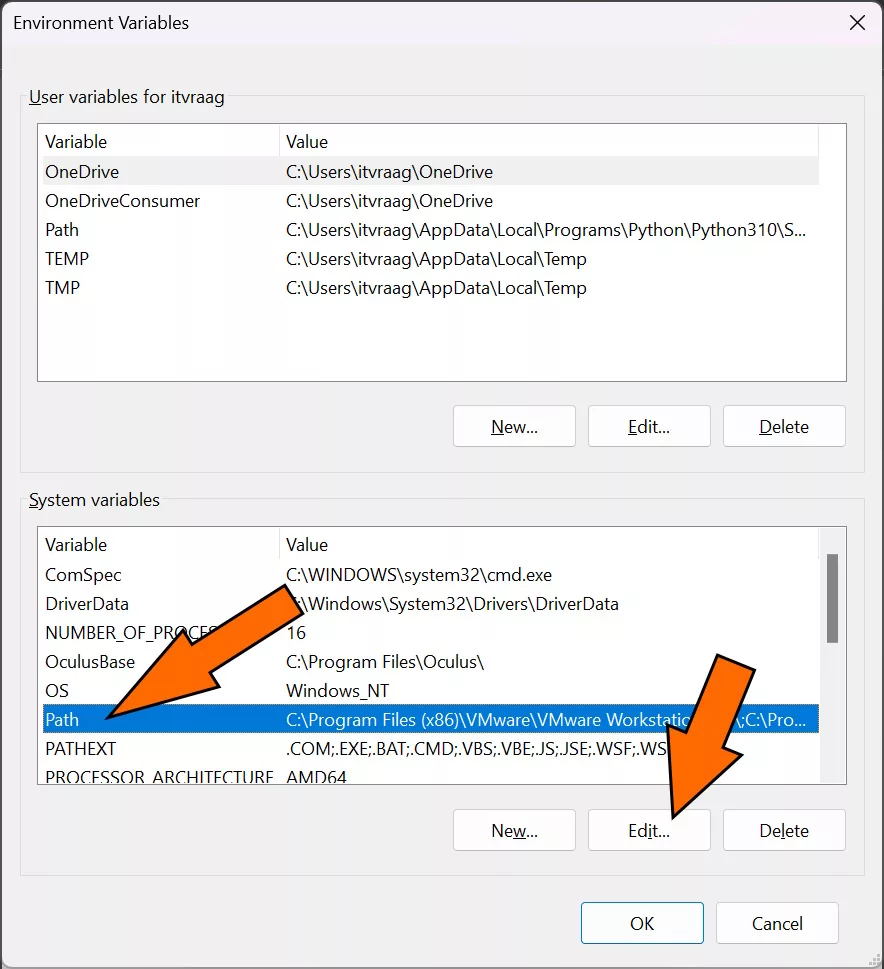Vagrant is a powerful tool that allows developers to create and manage virtual development environments. One of the most useful features of Vagrant is the ability to run inline shell scripts during the provisioning process. These scripts can be used to automate various tasks such as installing software, configuring settings, and more.
What are inline shell scripts in Vagrant?
Inline shell scripts in Vagrant are scripts that are executed directly within the Vagrantfile. These scripts are typically used to automate tasks that need to be performed during the provisioning process, such as installing software, configuring settings, and more.
Inline shell scripts are written in the same language as the operating system of the virtual machine. For example, if you are using Ubuntu as the operating system for your virtual machine, you would use a shell script written in Bash.
How to use inline shell scripts in Vagrant?
To use inline shell scripts in Vagrant, you first need to have a Vagrantfile set up for your project. If you don’t already have one, you can use the vagrant init command to create a new one.
Once you have a Vagrantfile, you can add inline shell scripts by using the config.vm.provision method. This method takes two arguments: the type of provisioner and the path to the script. For example, to run a shell script called install-software.sh, you would use the following code:
config.vm.provision :shell, path: "install-software.sh"
You can also pass the inline shell script as a string in the Vagrantfile, like this:
config.vm.provision :shell, inline: "apt update"
It’s also possible to run multiple provisioning commands, like this:
config.vm.provision :shell, inline: <<-SHELL
apt update
apt install -y git
SHELL
Once you have added the provisioner, you can run the Vagrantfile using the vagrant up command. This will start the virtual machine and run the inline shell script during the provisioning process.
Practical use cases
Here are a few practical examples of how you can use inline shell scripts in Vagrant:
- Installing software: You can use inline shell scripts to automate the installation of software on the virtual machine. For example, you can use a script to install Apache, PHP, and MySQL on an Ubuntu virtual machine.
- Configuring settings: You can use inline shell scripts to configure settings on the virtual machine. For example, you can use a script to change the hostname, set up a firewall, or create a new user account.
- Running commands: You can use inline shell scripts to run commands on the virtual machine. For example, you can use a script to run a database backup, update the system, or perform other maintenance tasks.
5 Tips for using inline shell scripts in Vagrant
- Keep the scripts simple: Keep your inline shell scripts simple and focused on a specific task. This makes them easier to maintain and troubleshoot if something goes wrong.
- Test the scripts: Before using an inline shell script in Vagrant, make sure to test it thoroughly on a local machine. This will help you catch any errors or bugs before they cause issues on the virtual machine.
- Use version control: Use version control to keep track of changes to your inline shell scripts. This allows you to roll back to a previous version if something goes wrong.
- Keep track of dependencies: Make sure to keep track of any dependencies that your inline shell scripts have. This will make it easier to set up a new virtual machine or troubleshoot issues.
- Use comments: Use comments in your inline shell scripts to explain what the script does and how it works. This will make it easier for others to understand and maintain your scripts.
Key points
Inline shell scripts in Vagrant are a powerful tool for automating tasks during the provisioning process. They can be used to install software, configure settings, and run commands on the virtual machine. By using inline shell scripts in Vagrant, developers can save time and reduce the amount of manual work required to set up and maintain virtual development environments.
Challenge
Try using inline shell scripts in Vagrant to automate the installation of a LAMP stack (Linux, Apache, MySQL, PHP) on an Ubuntu virtual machine. Use version control to keep track of your changes and document your process with comments. Share your results and any challenges you faced in the comments below.
Next, you may want to check out “Learn Best Practices of Using Vagrant“.



